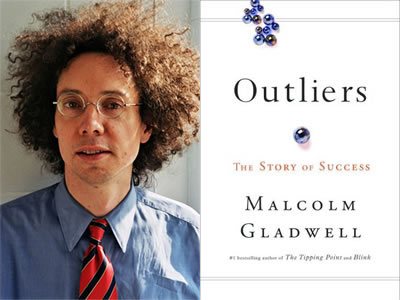Well, no…but some trainers seem to think so.
In the age of “awareness level training” and “click next to continue” courses designed to check a box or meet regulatory requirements, we risk missing out on opportunities to really let learning happen. Awareness may be necessary, but it’s just the beginning. If your training program begins and ends with “awareness,” you’re missing the boat.
Malcolm Gladwell did an excellent job of showing us that it takes 10,000 hours to be a master at virtually any discipline. If companies want to distill “training” into 5 and 10 minute sound bytes, what does that say about the overall competence of their workforce?
We seem to forget that awareness is just the beginning of the learning process. Yes, it’s important: I cannot take an action until I am aware of the need to do so. But in order to invest my time and energy into taking that action, I will need to be motivated and really believe that the action has value to me and to my company. Training is not learning, and the course you are going to make me take is only the beginning of my discovery process. If we treat it like the end-all, I’m never actually going to learn anything. No wonder many workers feel alienated by the Learning and Development department.
Awareness has its time and place….but we need to make a distinction between training and communication. Training should be used when you need to teach someone how to do something. It needs to be specific, actionable, and measurable. Communication should be used to convey a message or make someone aware of something. For example, an effective chain of company communication might make your learners aware that they need training and reach them in such a way that they become intrinsically motivated to do what is necessary to learn that skill. The training that you then provide will serve as a starting point and guide for their learning, but learners are still going to have to take responsibility for their own skill-building. The brain doesn’t have any hands for us to hold…it has to do the heavy lifting all by its lonesome.
It’s also important to keep in mind that everyone does not need the same level of awareness all the time. Even if a piece of information or procedure seems integral to everyone in your company, chances are people only need to use or reference it at most for a small part of their day. Or maybe only a certain segment of people need to use it at all. It is perfectly adequate and appropriate to make your learners aware of safety documents and procedures, but if the roll-out is not timed right and months go by between awareness training and the time when knowledge recall is needed, your outcome will be less than ideal. Design training around your desired outcome, not the content you think you need to include.
Remember that awareness is more about motivation than information. Pique your learners’ interests, make them aware of the problem, and give them the resources they need to go out and learn what they need to learn. Then, get out of the way and let it happen, supporting the process as needed. It may take 10,000 hours to achieve mastery in a field, but chances are you can measurably improve your results by making some small steps in the right direction.





